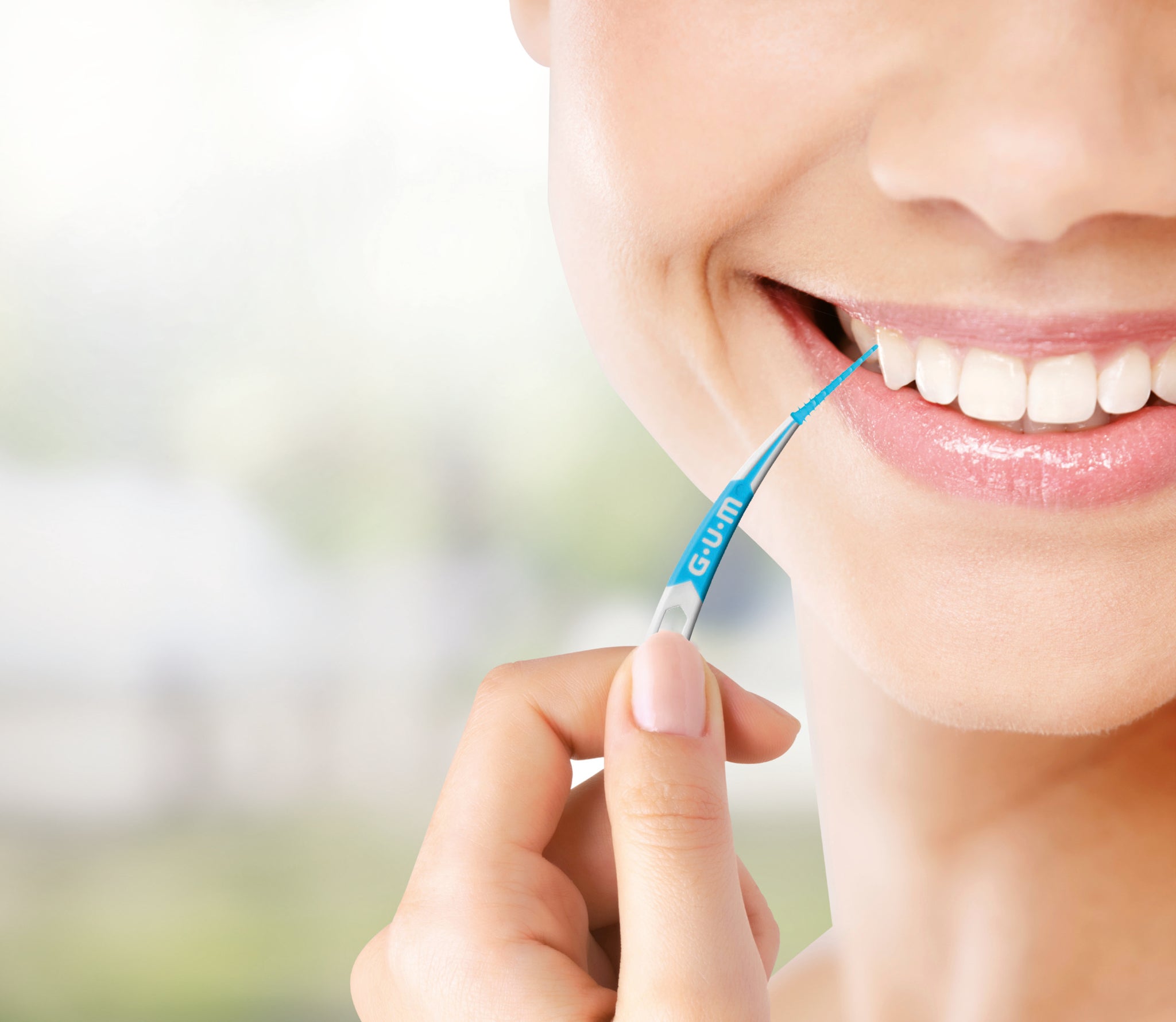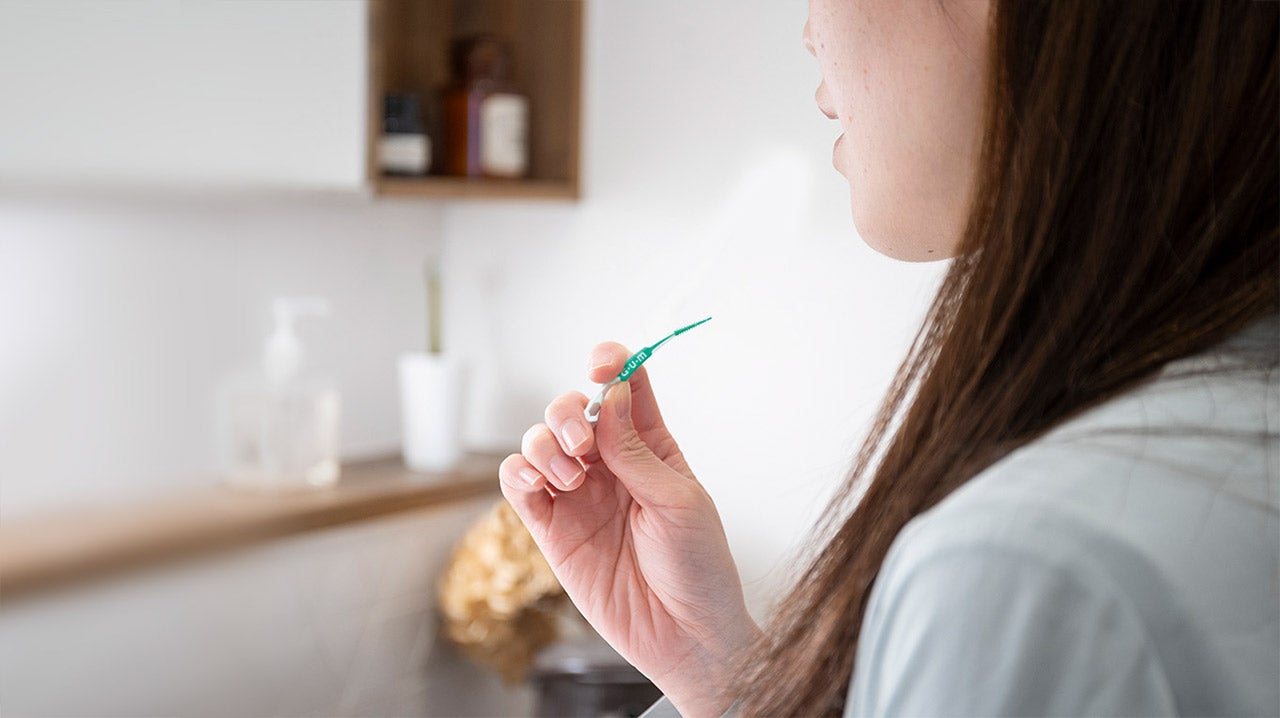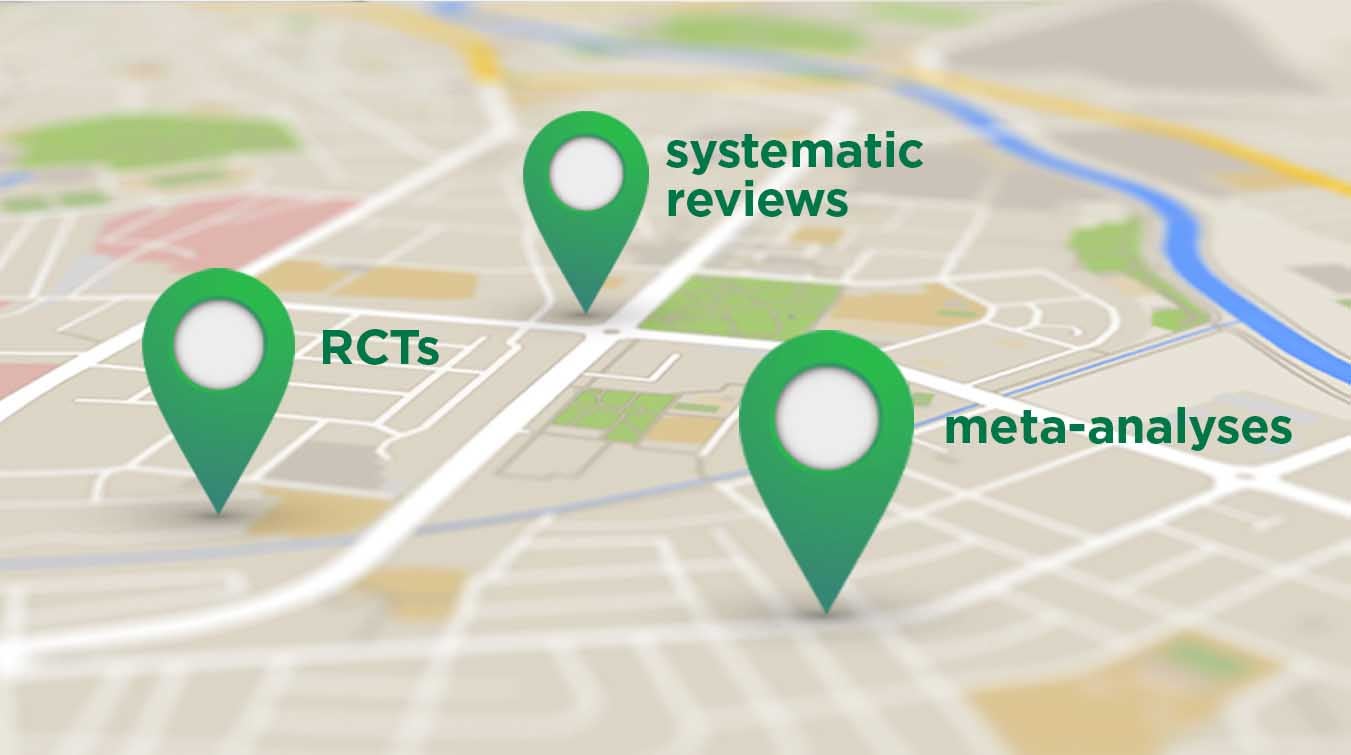
Interdental Oral Hygiene: Ingredients for Patient Compliance
Most patients, and certainly those who visit dental practices regularly, are informed about the importance of interdental cleaning.

Unfortunately, many fail to meet expectations set forth by clinical recommendations. Why is it that compliance is so low for so many of our patients, and what can we do to change this?

The challenge is that patients don’t just have mouths requiring mechanical cleaning. They are people – each with their own characteristics, habits and desires. Today’s patients want to collaborate with their dentists and hygienists in making decisions about their oral health; most do not want to be ‘told’ what to do. With good conversations and a common understanding, we can help them adopt new habits by helping them better understand risks and instructions, providing practical support on how to implement change in their routine and, importantly, by recommending easy-to-use interdental cleaning approaches in the knowledge that simplicity drives adoption.

Helping patients understand risk and professional instructions
While communicating about prevention and treatment risk is a routine task for all dental professionals, it remains a challenging “balancing act”.
Patients have difficulties understanding and retaining risk information [1]. Many are prone to “unrealistic optimism, “others are at risk, not I” the thought goes, or similarly “good teeth run in the family, I do not need to worry”. For these patients we need to raise the stakes by communicating risk effectively in a way that can improve knowledge, awareness, and decision-making.
Often, patients are challenged with information overload and information recall [2]. In fact, a cross-sectional study that involved patient questionnaires found that patients do not recall as much advice and agreed actions about dental care, as oral care professionals believe they have discussed.

Following are some practical tips:
- Listen to patients with empathy and use orienting language to align patient perceptions and expectations with their most likely experience.
- Make good use of visual prompts such as infographics. Researchers have found that their use may increase patient comprehension [3].
- Routinely screen patients to tailor your conversations on risks and recommendations that are most relevant to them.
- When necessary, don’t hesitate to gently dismiss unrealistic optimism and let patients know that, without interdental cleaning, they will develop gingivitis.
Supporting adoption with ease of use: easier is better than better.
While more research is needed into ways of establishing and maintaining compliance behaviour that promotes oral health [4] it is clear that perceived ease of use is primordial.
‘Technology adoption models’ have demonstrated that ease of use is required for adoption and that if something isn’t easy to use then no one will have a positive attitude towards it [4] [5]. People adopt products not because they are the best objectively, but rather because they are easiest to use and because they fit best with their lifestyle.
Hence why teaching patients the “ideal” oral care routine may not produce the best results if this routine is likely to be “difficult” or a “stretch” for them.

We are much more likely to be successful if we try moving patients up the oral health ladder step by step starting with “easy”. Oral care professionals (OCPs) can act as coaches for their patients, encouraging them to improve in specific areas starting with “easy wins”, and then move on. First and foremost, we need to recommend tools patients are willing to use.
The EFP agrees, making important recommendations from their first ever periodontitis clinical practice guidelines published in 2020 [6]:
- Dental care professionals in clinical practice should tailor the best oral hygiene devices and methods to patients' skill level and preferences because patient acceptance is crucial for sustained long-term use.
- The number of devices has to be limited to a certain number with respect to the ability of the patient to cope with this diversity. To reach this goal, compromises have to be found to achieve the individual optimum.

Want to learn more about the latest evidence on compliance in interdental cleaning, and how ease of use drives compliance? Watch our Virtual Training “Interdental cleaning to prevent and treat gum disease: state of the evidence”, Module 4 on compliance.
You can also download our white paper “Interdental cleaning to prevent and treat gum disease: state of the evidence”.
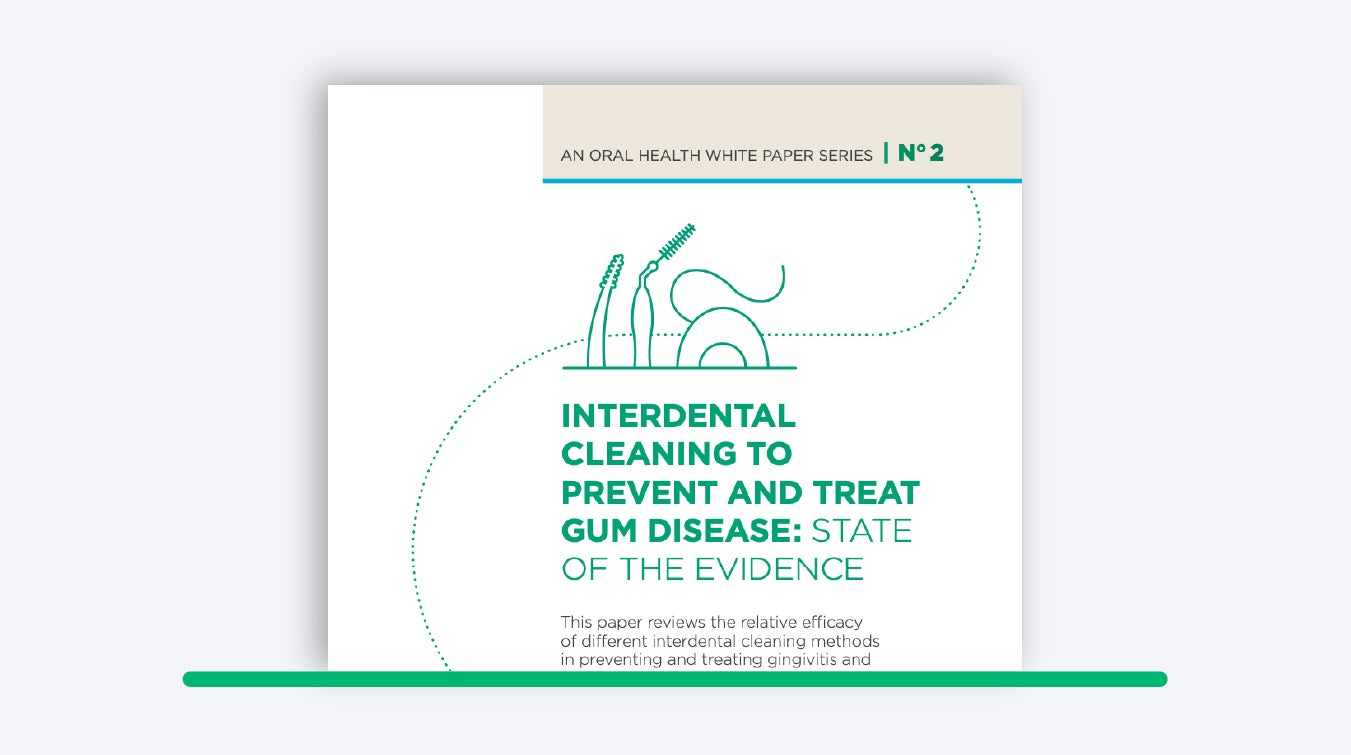
Facilitating patient self-regulation
In an interesting review article, Ramsey of the University of Washington in Seattle examines the problem of poor patient compliance with oral hygiene regimens by applying the principles of self-regulation of behaviour [7].
When patients are asked to follow an oral self-care regimen, they are given a target or goal and their task is to regulate their behaviour to achieve that objective. In dentistry, behaviour regulation, sometimes also known as “self-regulation”, refers to a patient’s ability to manage energy and attention to achieve oral hygiene goals.
Ramsey explains that self-regulation requires:
- Setting realistic target behaviour and ensuring the person has the ability to perform that behaviour.
- Having the ability to monitor one’s own behaviour.
- Having sufficient motivation to ensure behavioural adjustments.
- Applied to interdental cleaning, we can leverage Ramsey’s framework to help patients change their behaviour by:
- Recommending easy-to-use interdental cleaning tools patients will be able to use easily and comfortably.
- Keeping the routine simple and progressively moving the patient up the oral hygiene ladder.
- Encouraging patients to set a specific time of day when they will practice interdental cleaning, for example in the evening, so that they can better monitor the success of their behaviour.
- Following up with patients on every visit – enquiring about their experiences and commenting on their progress. Ramsey points out that the knowledge that one’s behaviour is being observed or measured can motivate behavioural change.
- Recommending novel interdental cleaning tools such as flavoured interdentals. Ramsey points out that, the novelty effect of using new devices can also enhance motivation to practice good oral hygiene.
Introducing the ‘Oral health ease-of-use ladder’
So how do we leverage ease of use to improve adherence to oral hygiene regimens? And how do we do this in a simple manner backed by solid category evidence?
Sunstar GUM® has developed a simple set of recommendations designed to provide oral care professionals with a practical way forward.
This approach encourages OCPs to take into account, not only the periodontal health status (healthy or not) of a patient, but also his or her behaviour and motivation. This allows us to recommend an oral hygiene solution which is more likely to be adopted because it is easy to use and has a good patient fit.
So how does our ‘Oral health ease-of-use ladder’ work?
- Assess whether your patient is periodontally healthy or compromised
- Consider current patient behaviour: what is the patient currently using? Toothbrush only? Toothbrush and irregular interdental cleaning?
- Gauge your patient’s motivation: is it low, normal or normal to high?
- Does your patient have any dexterity issues?
Once you have made this assessment through patient conversations, we advise making a two-step recommendation to gently edge your patient up the oral health ladder. With the help of our ‘Oral health ease-of-use ladder’, you can encourage compliance among hesitant patients, leveraging patient-preferred tools and promoting full mouth care (interdental cleaning at home and on the go).
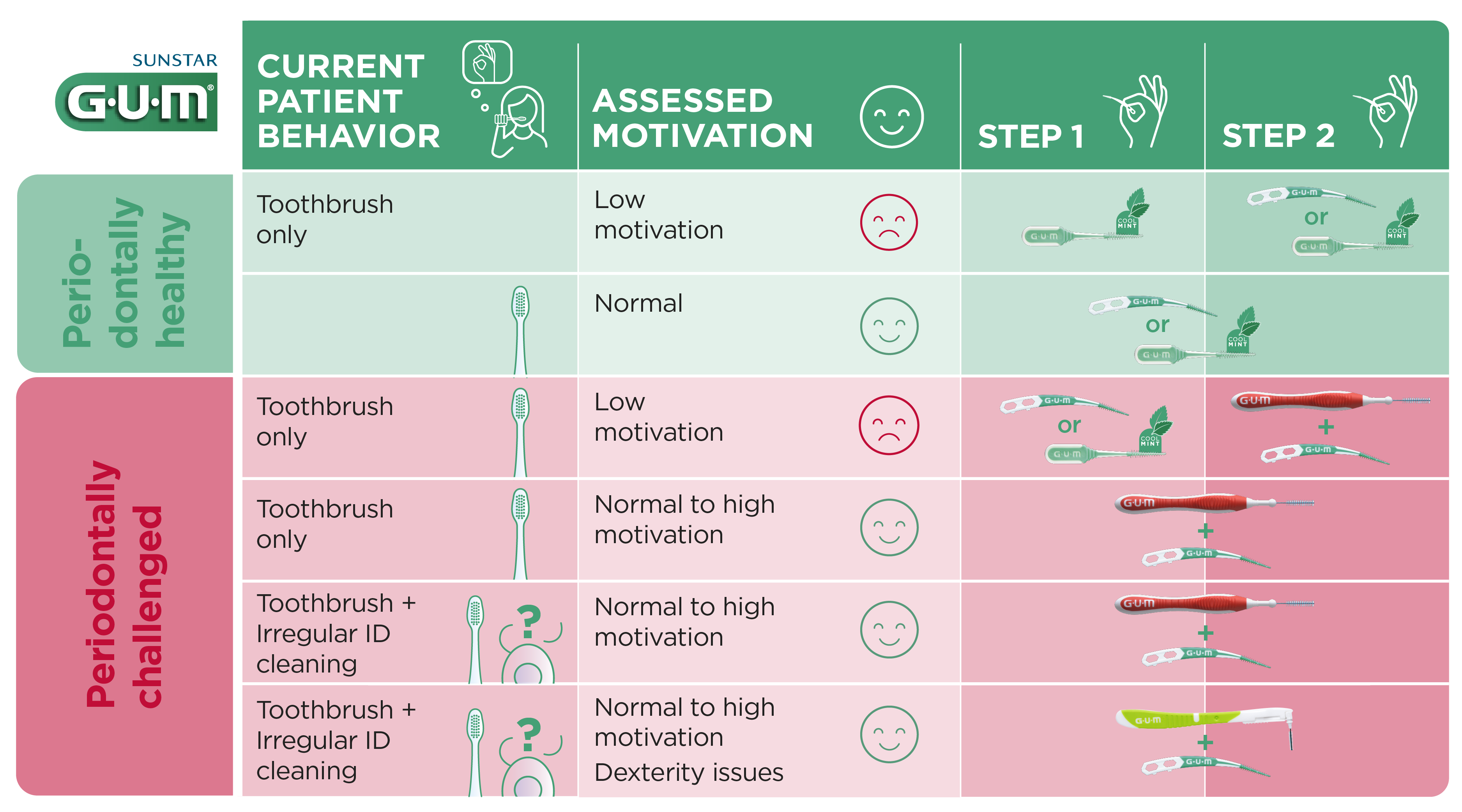
For the most hesitant, low motivation patients, irrespective of periodontal health status, always recommend rubber interdental cleaners (RICs), space permitting. RCTs have demonstrated that RICs are effective and even easier to use than gold-standard brushes (read about it in our blog article). They are preferred by patients because they are particularly easy to use and cause fewer gum abrasions [8]. For patients who really lack motivation, you may want to consider mint-flavoured RICs.
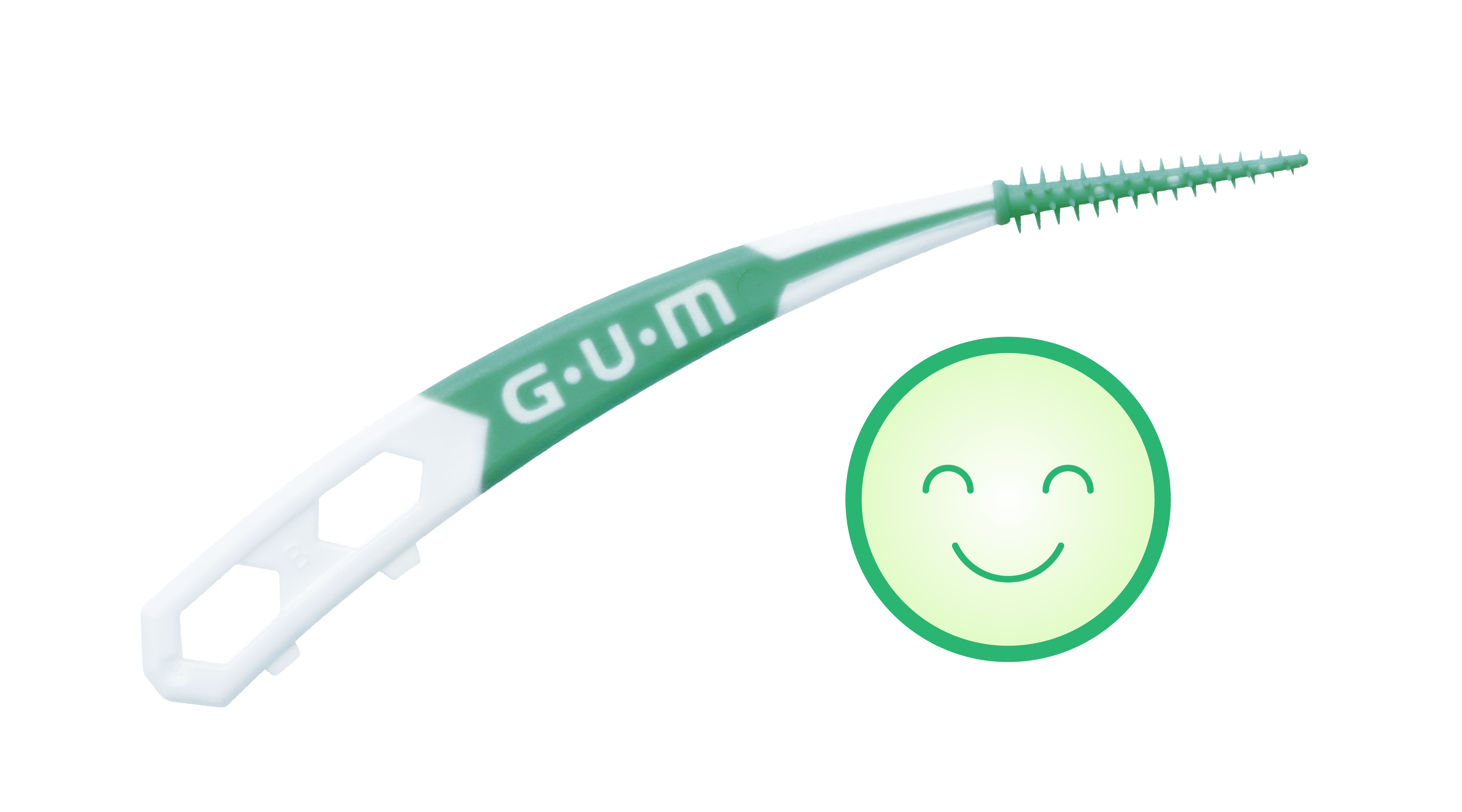
You can recommend easier-to-use RICs with total peace of mind since they are associated with greater compliance, and thus efficacy and outcomes [8] [9]. There is no easier way to start climbing the oral health ladder!
For periodontally compromised patients, always recommend best-in-class GUM TRAV-LER® interdental brushes – either as a second step, after the adoption of RICs, or right away in combination, so as to promote interdental cleaning at home and on the go.
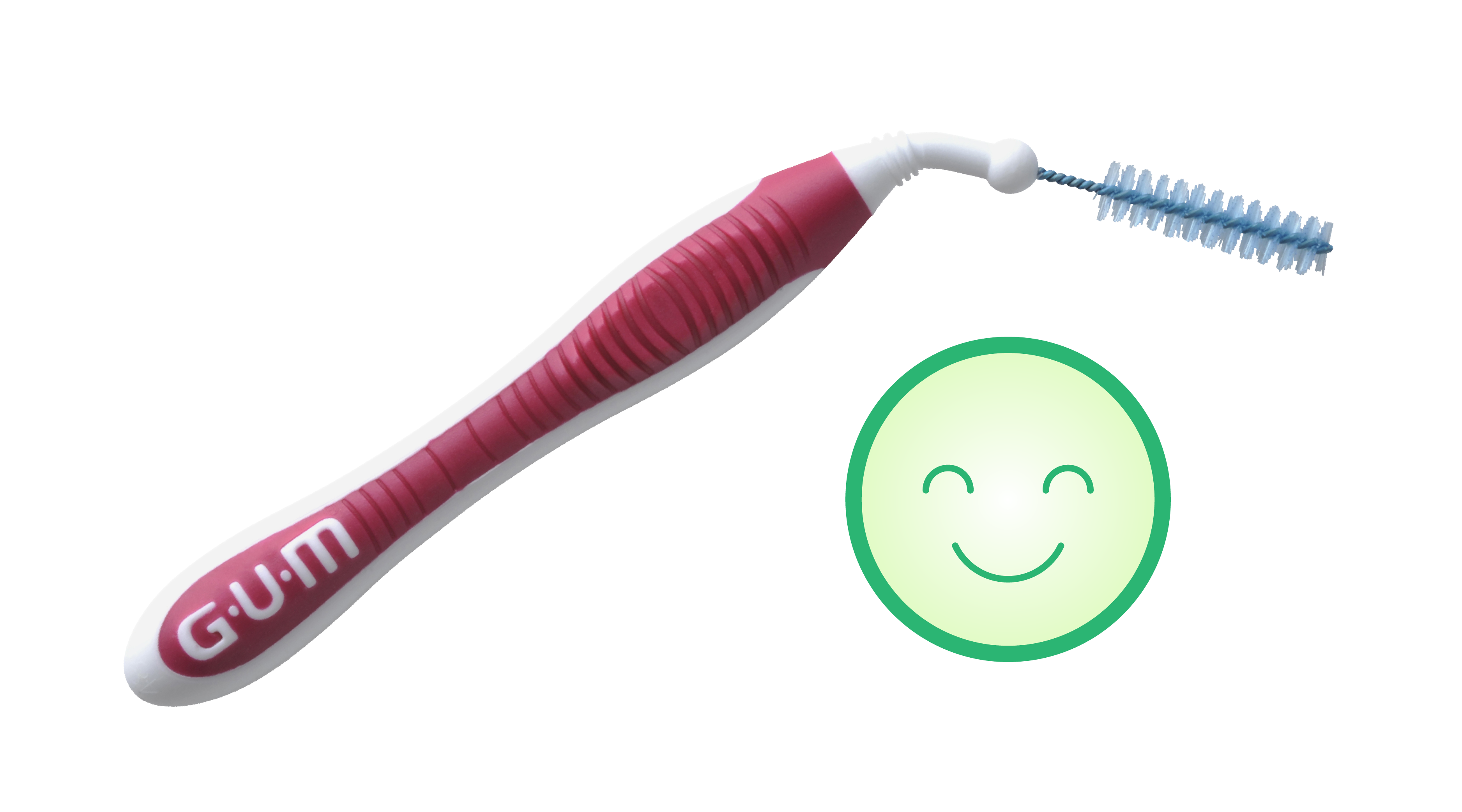
Want to learn more about the latest evidence on compliance in interdental cleaning, and how ease of use drives compliance? Watch our Virtual Training “Interdental cleaning to prevent and treat gum disease: state of the evidence”, Module 4 on compliance.
You can also download our white paper “Interdental cleaning to prevent and treat gum disease: state of the evidence”.

United in driving compliance: key takeaways:
- Understand the risk. Let your patient know that 'losing teeth is not inevitable' and can be prevented with good oral care. Interdental cleaning must always be part of the equation, at all stages of life.
- Facilitate self-regulation. Think of the patient reward, give them ‘easy wins’: we know that patients love seeing or feeling how much food they’ve removed from between their teeth. Using RICs after a meal might be a good starting point. Patients seek your approval so let them know you look forward to hearing about their experiences with interdental cleaning during their next visit.
- Recommend easy-to-use interdental devices that drive adoption. As the EFP emphasized in its 2020 periodontitis guidelines, the number of recommended devices has to be limited and patient acceptance is crucial for sustained long-term use [7]. Hence why easy-to-use RICs are recommended for the hesitant majority, while for the periodontally compromised, best-in-class GUM TRAV-LER interdental brushes are always recommended.
In summary, listening to your patients with empathy and making recommendations that they find easy/possible to implement, and doing so in a consultative manner, are always a good idea, not only for your patients but also for you: good patient communication helps ensure patients are happy and grow dental practices [10].
[1] Asimakopoulou K., Rhodes G, Daly B “Risk communication in the dental practice” British dental Journal, Volume 220, No 2, Jan 22 2016.
[2] Misra S1, Daly B, Dunne S, Millar B, Packer M, Asimakopoulou K. “Dentist-patient communication: what do patients and dentists remember following a consultation? Implications for patient compliance” Patient Prefer Adherence. 2013 Jun 17 2013.
[3] Stubenrouch FE, Baumann M, Legemate DA, Ubbink DT, A Web-Based Application to Communicate Benefits and Risks of Surgical Treatments. Surg Technol Int. 2017 Jul 25;30:31-37.
[5] https://en.wikipedia.org/wiki/Technology_acceptance_model
[6] Sanz M, Herrera D, Kebschull M, et al; On behalf of the EFP Workshop Participants and Methodological Consultants. “Treatment of stage I–III periodontitis—The EFP S3 level clinical practice guideline”. J Clin Periodontol. 2020;47:4–60.
[7] Ramsay DS. «Patient compliance with oral hygiene regimens: a behavioural self-regulation analysis with implications for technology». Int Dent J. 2000.
[8] Hennequin-Hoenderdos NL & Slot DE. Int J Dent Hyg 2018.
[9] Graziani F, Int J Dent Hyg 2018.
[10] Patient Communications: A Guide for Dentists, Alberta Dental Association and College, Nova Scotia Dental Association (NSDA) Canada.

